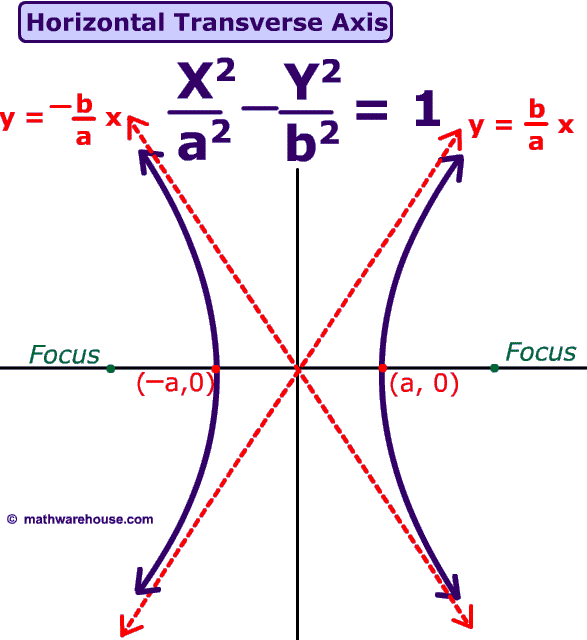- Difference of two squares
- a2- b2 = (a + b)(a - b)
- 3 examples
- 32 - 22= (3+2)(3-2)
- 42 - 12 = (4+1)(4-1)
- 22 - 12 = (2+1)(2-1)
- Trinomial perfect squares
- a2 + 2ab + b2 = (a + b)(a + b) or (a + b)2
- 3 examples
- 4x2 + (2)(4x)(1) + 12 = (4x+1)2
- 3x2 + (2)(3x)(2) + 22 = (3x+2)2
- X2 + (2)(X)(8) + 82 = (X+8)2
- a2 - 2ab + b2 = (a - b)(a - b) or (a - b)2
- 3 examples
- 6x2 - 2(6x)(10) + 102 = (6x-10)2
- 9x2 - 2(9x)(5) + 5 = (9x-5)2
- 4x2 - 2(4x)(12y) + 12y = (4x-12y)2
- a3 - b3
- 3 - cube root 'em
- 2 - square 'em
- 1 - multiply and change
- 3 examples
- x3 - 125 = (x-5)(x2 + 5x + 25)
- x3 - 64= (x-4)(x2+4x+16)
- x3 - 27= (x-3)(x2+3x+9)
- a3 + b3
- 3 - cube root 'em
- 2 - square 'em
- 1 - multiply and change
- 3 examples
- x3 + 8 = (x+2)(x2-2x+ 4)
- x3 + 27= (x+3)(x2-3x +9)
- x3 + 125 = (x+5)(x2-5x +25)
- (a + b)3 = Use the pattern a3+3a2b+3ab2+b3
- (a + b)4 = Use the pattern a^4+4a3b+6a2b2+4ab3+b^4



















